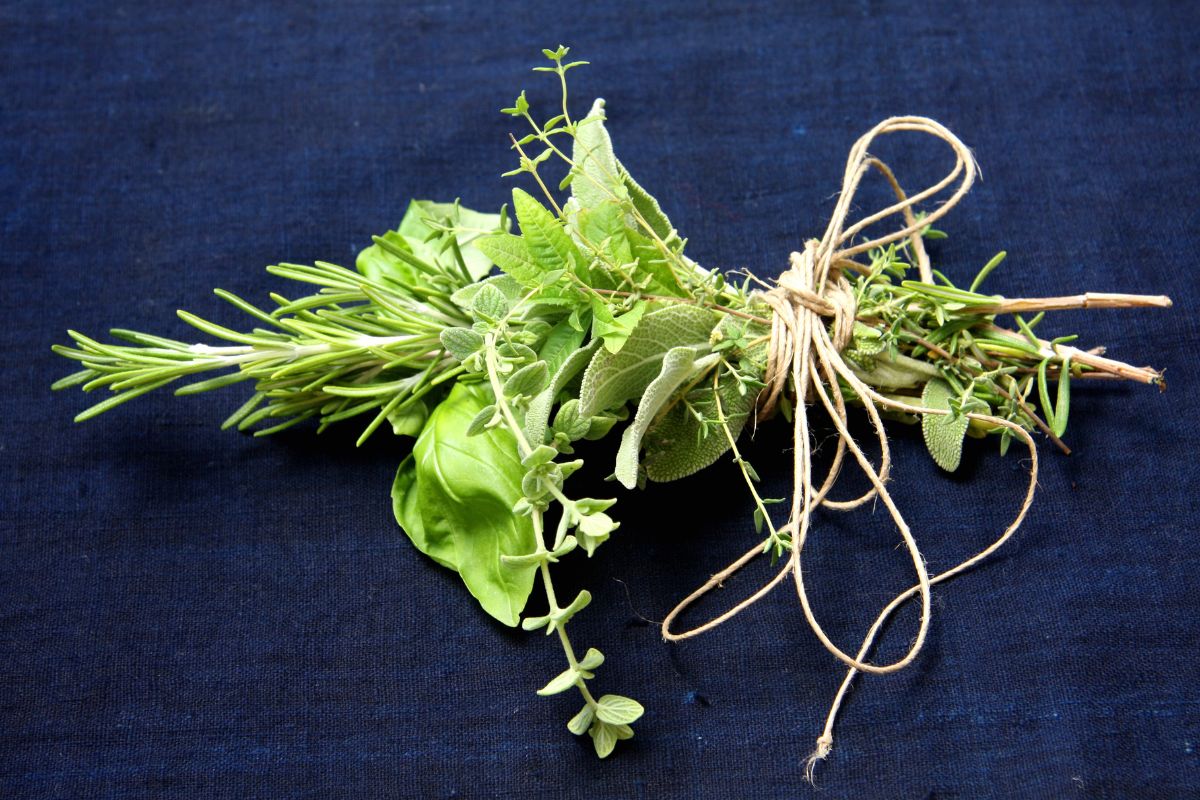The classic French spices include bouquet garni, fines herbes, fleur de sel, herbes de Provence, quatre epices, and vadouvan. These spices differ in composition, texture, and appearance and have flavor profiles ranging from salty and licorice to peppery and citrusy. You can use them to flavor soups, stews, candies, and meats.
Table of Contents
the basic list of 7 herbs and 5 blends


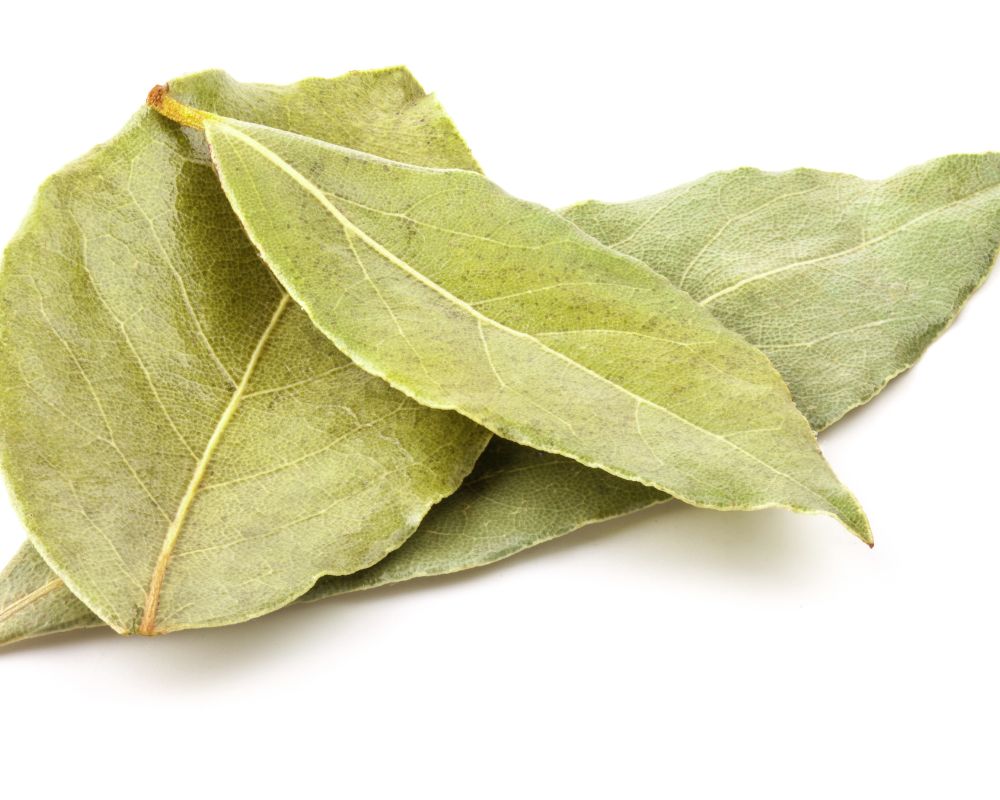
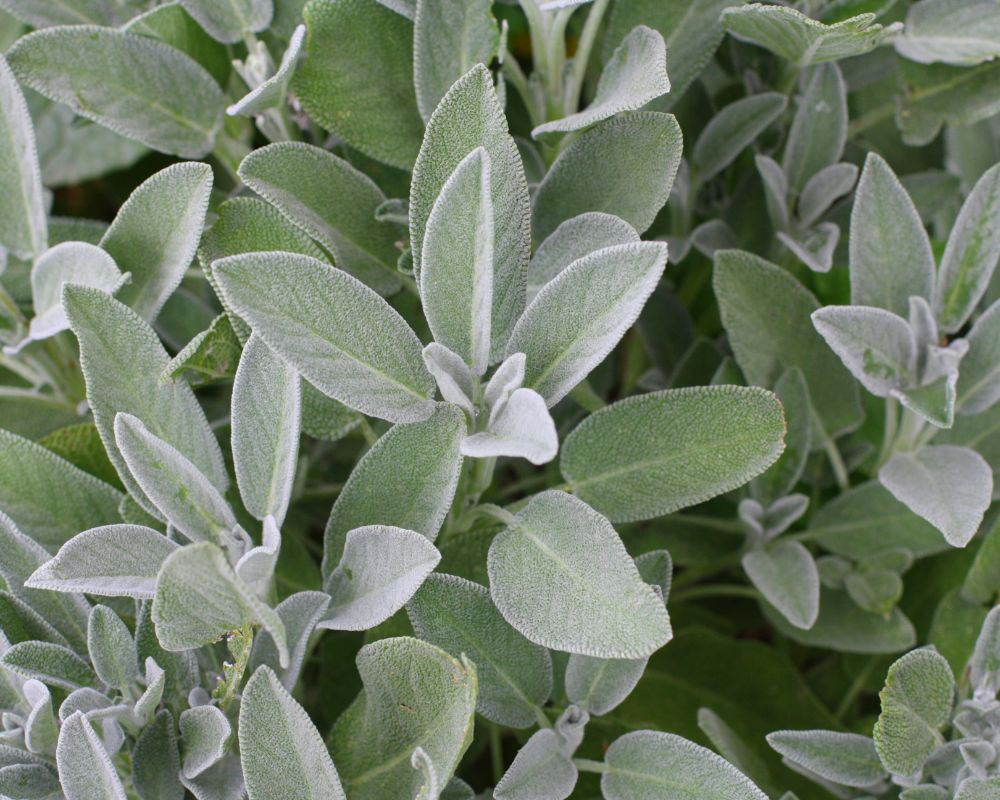
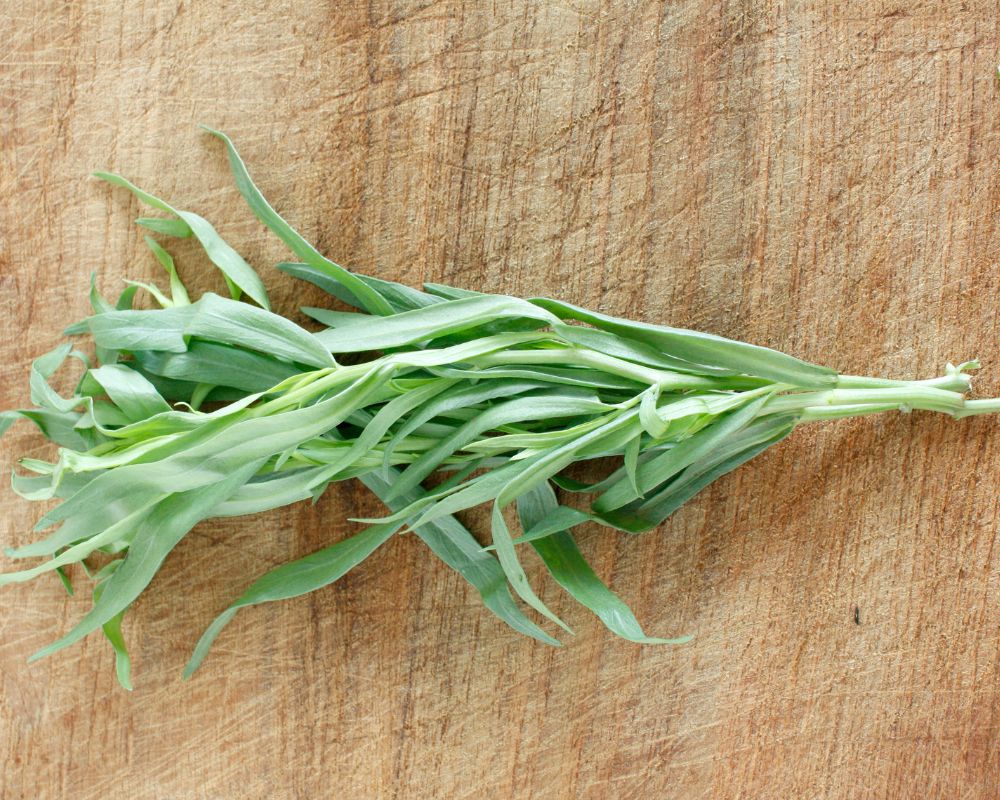
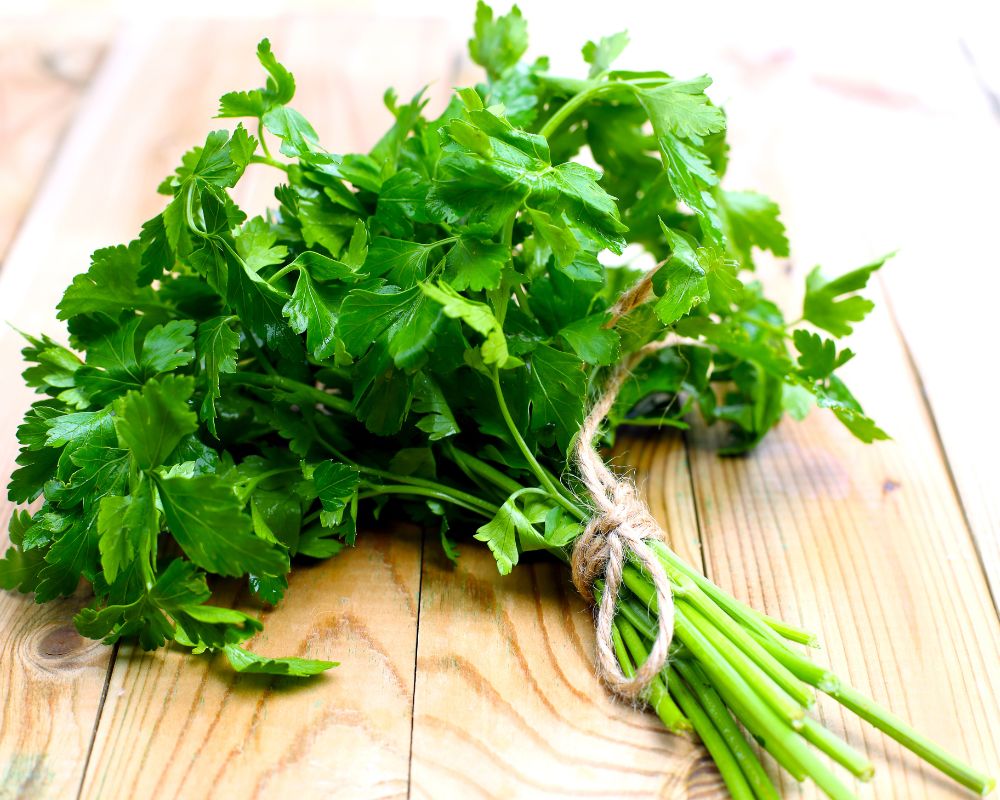
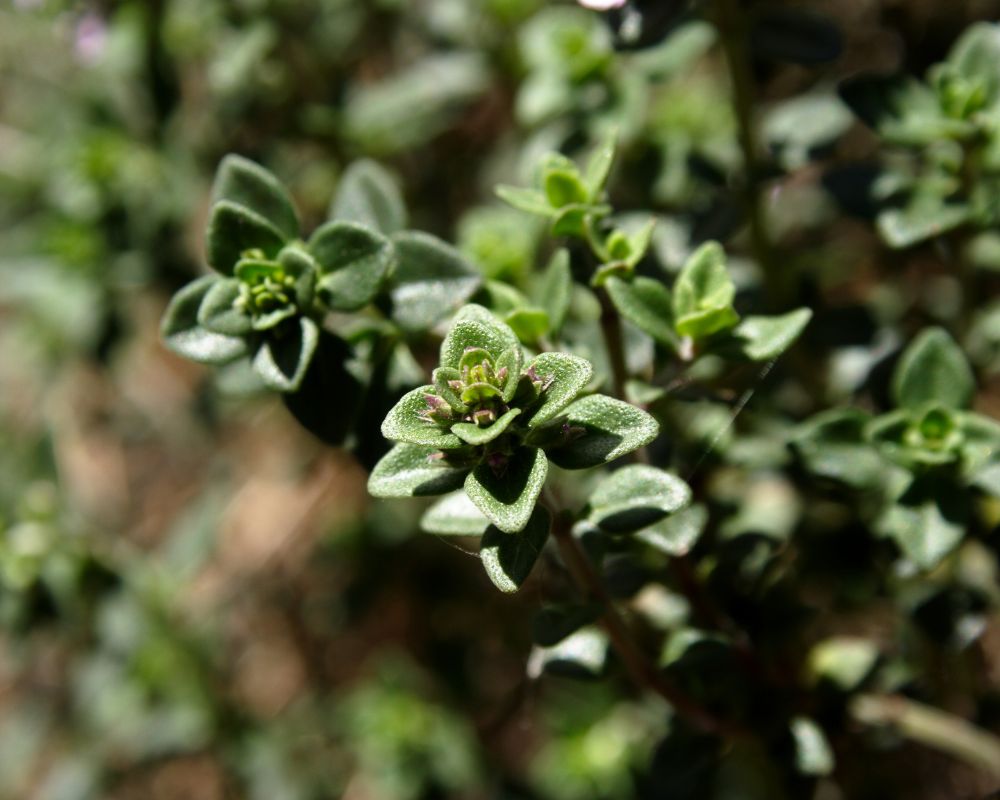
French spices are primarily herbs used individually or in spice blends to bring out the subtleties of flavor in various dishes.
The most common French spice herbs include:
- Basil
- Marjoram
- Bay leaves
- Sage
- Tarragon
- Parsley
- Thyme
Chives, shallots, leeks, garlic, and onions are also common.

French cuisine also includes 5 classic seasoning blends and one salt type (Fleur de Sel):
- Bouquet garni
- Fines herbes
- Quatre epices
- Vadouvan
- Herbes de Provence
top 4 Classic spices: Comparison Table




Here’s a detailed comparison between bouquet garni, fines herbes, quatre epices, and vadouvan:
| Bouquet garni | Fines herbes | Quatre epices | Vadouvan | |
| Origin | Its origin is unknown, but the blend has existed since the 1600s | Origin goes back before 1903 when various chefs singled it out as a common spice mix | Has an unclear origin | Comes from Pondicherry, a southeastern region of India once colonized by the French |
| Appearance | A small bouquet of fresh herbs | Has a soft texture as it features fresh herbs chopped together | A fine, light-brown powder | Has a coarse texture since it contains dried, crushed spices |
| Flavor | Adds a bold herbal flavor | Adds a mild, subtle flavor | Has a mild heat and citrus flavor notes | Has a smoky, subtly spicy, sweet flavor |
| Applications | For stocks, soups, casseroles, and sauces | Ideal for fish, salads, poultry, and egg dishes | Ideal for seasoning terrines, gratins, vegetables, roulades, sausages, and soups. | For flavoring veggies, poultry, salads, and seafood |
| Shelf life | The dried version lasts months to up to 2 years | When refrigerated, up to 2, dried version lasts for 6-12 months | 6-24 months | 3-4 years |
| Form | A small bunch of thyme, parsley, and bay leaf tied together with a butcher’s string or cheesecloth | Similar to bouquet garni | Finely ground dried cinnamon, clove, pepper, and nutmeg | Dried, crushed spices |
Origin
The origin of bouquet garni is unknown, but the blend has existed since the 1600s.
If you use a cheesecloth, you may add other spices to the “garnished bouquet,” such as celery leaves, fennel leaves, peppercorns, marjoram, cloves, and a dried orange peel. Add dill weed if you use the blend in fish dishes.
The origin of fines herbes goes back before 1903 when various chefs singled it out as a common spice mix in old recipes. It contains tarragon, chive, flat-leaf parsley, and chervil.
Vadouvan comes from Pondicherry, a southeastern region of India once colonized by the French, who suggested making a milder Indian curry blend.
Quatre epices has an unclear origin. It is believed to have come from Saint-Malo, Brittany, northwest France, in the 17th century during the baroque era marked by extravagance even in European dining habits.
Appearance
Bouquet garni is usually a small bouquet of fresh herbs, while fines herbes has a soft texture as it features fresh herbs chopped together.
Vadouvan has a coarse texture since it contains dried, crushed spices, while quatre epices is a fine, light-brown powder.
Flavor
French cuisine uses bouquet garni to add bold herbal flavor to slow-cooker dishes, especially in Provencal cooking.
Fines herbes adds a mild, subtle flavor to short-cooker dishes toward the end of cooking or before plating. Its main flavor is licorice, which comes from the tarragon.
Also called French curry, vadouvan has a smoky, subtly spicy, sweet flavor. The seasoning blend features shallots, cumin, cardamom, fenugreek, turmeric, onion, garlic, black mustard, curry leaves, and black pepper.
Black pepper is also the main spice in quatre epices and renders its mild heat and citrus flavor notes to balance with the sweetness of the sweet spices. Quatre epices features white pepper or black peppercorns, ginger, cloves, and nutmeg. You may add cinnamon and allspice.
Applications
- Use bouquet garni to flavor stocks, soups, casseroles, and sauces.
- The delicately flavored fines herbes spice is ideal for fish, salads, poultry, and egg dishes.
- Vadouvan is ideal for flavoring veggies, poultry, salads, and seafood.
- The four-spice quatre epices is ideal for seasoning terrines, gratins, vegetables, roulades, sausages, and soups.
Shelf Life
It’s best to use bouquet garni while still fresh because freezing it may considerably cause the herbs to lose flavor. The dried version lasts months to up to 2 years in airtight containers in a cool, dark, and dry place.
Like bouquet garni, you should use fines herbes while fresh. If you must store it, refrigerate it for up to 2 weeks in an airtight container. The dried version lasts for 6-12 months before it starts losing its flavor, even when you keep them in a cool, dry, dark place.
Vadouvan has a shelf-life of 3-4 years if you keep it in airtight containers in a cool, dry, and dark place.
Quatre epices stays viable for 6-24 months when stored in airtight containers in a cool, dry, and dark place.
Form
Bouquet garni, or the “broth posy,” is a small bunch of thyme, parsley, and bay leaf tied together with a butcher’s string or cheesecloth. You must remove it from the dishes after cooking is over. The stringed version may include sage and peppercorns.
Bouquet garni uses fresh herbs with a distribution of 1 small bay leaf, 1 small sprig of thyme leaves, and 3 sprigs of parsley. Dried versions of the herbs are also viable if the fresh ones are unavailable.
The bouquet garni spice blend is used like fines herbes, which uses fresh herbs for the best flavor but may also use dried herbs.
Vadouvan uses dried, crushed herbs, while quatre epices looks like finely ground dried spices. Vadouvan is also mixed with water and oil to form a vadouvan paste.
More about fines herbes spice blend




Parsley, chives, tarragon, and chervil are the four French herbs canonically used in the famous fines herbes spice blend. They all have mild, delicate flavors and are added to cooked dishes at the end of cooking or shortly before serving.
| Parsley | Chives | Tarragon | Chervil | |
| Origin | Has a disputed origin but is most likely from Greece since it was present in ancient Roman and Greek recipes | Native to Asia and Europe | Native to Siberia but also grows in Europe | Native to western Asia and the Caspian and Black Sea regions |
| Appearance | Fresh parsley sprigs have smooth, green leaves on long, slender stems | Chives are thin, tender, green leaves reminiscent of long tubular stems | Tarragon leaves are bright green, long, slender, and pointed | Chervil leaves look like flat-leaf parsley leaves, only a bit paler and thinner |
| Flavor profile | Adds a slightly bitter flavor to sauces, soups, green salads, and cooked veggies | Have an onion flavor and are ideal for soups, fish, egg dishes, veal, chicken, and salads | Has a complex flavor profile with its bitter-sweetness and hints of mint, licorice, vanilla, eucalyptus, and pepper | Has a spicy, mild flavor with hints of anise or licorice, tastes like a combination of tarragon and parsley |
Known as the “French king of herbs,” tarragon is used in French cooking to add its licorice flavor to mustard, poultry, fish, raw vegetable salads, seafood, Bearnaise sauce, and green salads. You can use it to infuse white wine vinegar and olive oil.
Also called French parsley, garden chervil, or gourmet parsley, chervil has a spicy, mild flavor with hints of anise or licorice. It tastes like a combination of tarragon and parsley. Chervil is great for seasoning veggies, fish, egg dishes, salads, chicken, soups, sauces, and tomatoes.
Herbes de Provence – the most popular French spice blend

Herbes de Provence is by far the most famous French spice globally. It is a mixture of dried, crushed spices, including thyme, tarragon, rosemary, oregano, marjoram, basil, and savory. It may include bay leaves, fennel, chervil, sage, and dill. American versions contains lavender.
The spice blend acts as a rub for seasoning meats before grilling them or as a flavoring agent for fowl, soups, fish, and stews. Try the spice mix with recipes such as coq au vin, chicken ratatouille, or porcini pork tenderloin.
| Origin | Comes from the Provence region of southeastern France |
| Appearance | A mixture of multiple dried spices, has a fine texture |
| Flavor profile | Thyme and rosemary are the main flavors |
Origin
Herbes de Provence comes from the Provence region of southeastern France, and you can buy it in small clay pots.
Appearance
As a mixture of multiple dried spices, herbes de Provence has an aerated, semi-fine texture.
Flavor profile
The main flavors in herbes de Provence are thyme and rosemary. Rosemary has a warm, herbal, slightly bitter taste, while thyme is sweet, minty, earthy, floral, woodsy, slightly lemony-citrus, piney, and grassy.
Savory adds a discernible peppery flavor, which most people find unsettling in the spice blend.
Fleur de Sel – French Sea Salt

French sea salt is a rare, expensive finishing salt used sparingly as a garnish rather than a regular seasoning.
| Origin | Harvested by hand from the surfaces of shallow seawater pools along the coast of France |
| Appearance | Has a delicate, almost flaky texture |
| Flavor profile | Salty, no particular flavor |
Origin
Fleur de Sel is harvested by hand from the surfaces of shallow seawater pools along the coast of France, especially the Brittany region.
Appearance
French sea salt has a delicate, almost flaky texture you won’t feel once the salt dissolves.
Flavor profile
Like all other salts, French sea salt has a salty flavor. Enjoy the saltiness of fleur de sel when you sparingly sprinkle it as a garnish on caramels, vegetables, candies, eggs, cooked meats, oatmeal, and baked goods.
Frequently Asked Questions
What French spice is the best for meats?
The best French spice for meats is herbes de Provence. You can use it to add thyme and rosemary flavors to beef, chicken, fowl, and fish.
What French spice is the best for vegetables?
Quatre epices is the best French spice blend for adding a peppery flavor to vegetables such as sweet potatoes and carrots.
What French spice is the best for soups?
The best French spice blend for soups is bouquet garni. Since you have to remove the bunch, it doesn’t fill your soup with unwanted coarse-textured pieces of herbs. You must take out the bay leaf because it is a choking hazard.

